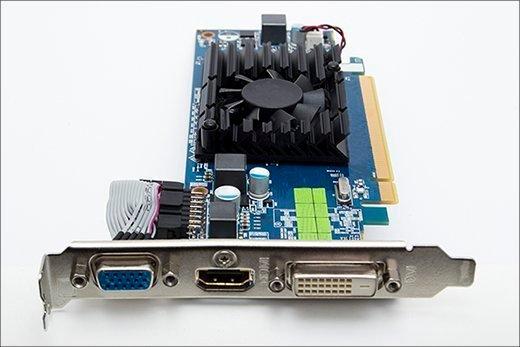Video memory, commonly known as VRAM (Video Random Access Memory), plays a critical role in processing visual data on computers and graphic devices. Unlike regular system memory (RAM), video memory is dedicated solely to handling graphics-related tasks such as rendering images, textures, and video playback. This specialized memory is essential for ensuring smooth visuals, whether you’re gaming, editing videos, or working with 3D models.
How Video Memory Works
Video memory works in coordination with the graphics processing unit (GPU). When a computer processes graphical content, the GPU accesses VRAM to quickly store and retrieve data like textures, frame buffers, and shading information. This local memory allows for faster data handling than if the GPU had to rely on the main system RAM. The result is higher frame rates, clearer images, and faster load times in graphics-intensive applications.
Types of Video Memory
There are several types of video memory, each with different performance levels. GDDR (Graphics Double Data Rate) memory is the most common and is found in many consumer graphics cards. Modern versions like GDDR6 offer high bandwidth and efficiency, making them suitable for high-end gaming and professional rendering tasks. Some workstations use HBM (High Bandwidth Memory), which provides even greater data transfer speeds and is stacked closer to the GPU for lower latency. The type and capacity of video memory can significantly influence a system’s ability to handle demanding visual workloads.
Importance in Gaming and Content Creation
Video memory is particularly important in gaming, where real-time rendering of complex environments and detailed textures requires fast and large memory buffers. A GPU with more VRAM can store higher resolution assets, enabling smoother gameplay at better settings. Similarly, in content creation tools like Adobe Premiere Pro or Blender, sufficient video memory allows users to preview, render, and export media faster and more efficiently. Without adequate VRAM, applications may lag, crash, or reduce graphical quality to compensate.
Video Memory in Integrated vs. Dedicated Graphics
Not all computers come with dedicated video memory. Integrated graphics, typically found in budget or compact devices, share system RAM for graphics processing. While sufficient for basic tasks like streaming or light photo editing, integrated graphics lack the power of dedicated GPUs with their own VRAM. Dedicated graphics cards are essential for tasks that require high graphical throughput and detailed rendering capabilities.
Conclusion
Video memory is a crucial component of modern computing that often determines the efficiency and quality of visual performance. From immersive gaming experiences to professional-grade video editing, the capacity and speed of VRAM directly impact how well a system can manage graphics-heavy applications. As technology advances, the demand for more powerful video memory continues to grow, making it an important factor to consider when building or upgrading any high-performance computer system.



